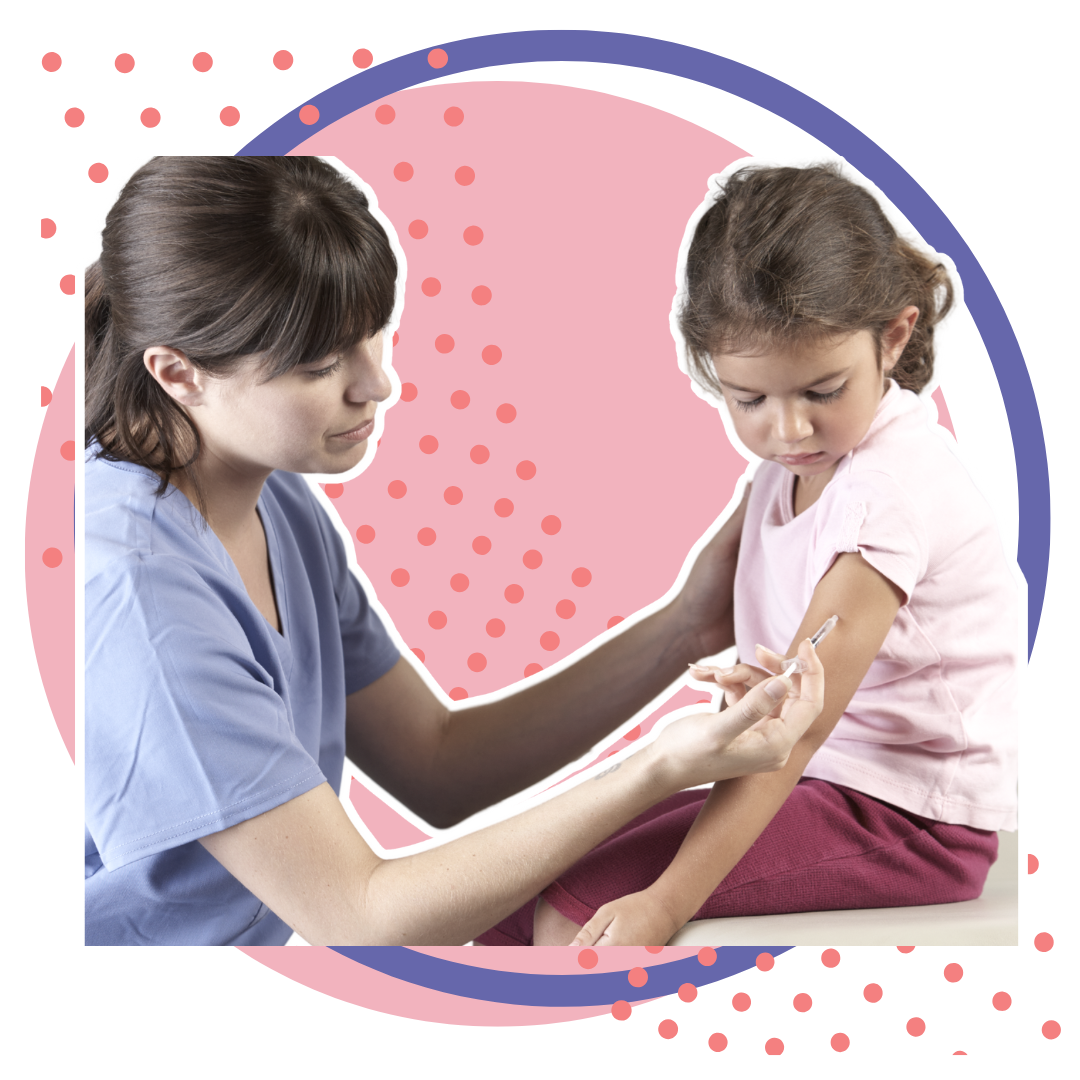It’s something I’ve witnessed so many times over the years — a child gripping a parent’s hand tightly in a clinic, eyes wide, holding back tears, or already crying. It’s not the shot that causes the fear. It’s everything leading up to it. The unknown. The smells. The sound of gloves snapping. The white coats. The anticipation.
As someone who has spent decades working with children and families in healthcare settings, I’ve come to learn that the moments before and after a medical procedure are just as important as the procedure itself. And that’s exactly where pediatric touch therapy can make a profound difference.
More Than Just a “Scared of Shots” Story
Whether it’s a routine check-up, a vaccination, or something more complex — medical visits can feel overwhelming for children. They often involve unfamiliar environments, new faces, strange equipment, and sometimes physical discomfort.
For children with chronic illnesses, developmental differences, or past medical trauma, this anxiety can be even greater — and harder to manage.
Touch therapy offers something simple, but powerful: connection and calm in a moment of uncertainty.
The Power of Touch to Ground and Reassure
Before a vaccine or during a medical visit, using intentional, respectful touch can help a child feel more in control and supported.
Here are a few ways I often guide parents and providers to use touch therapy in these moments:
- Hand Massage Before the Visit: A slow, gentle hand massage while waiting can ground the child, help regulate breathing, and redirect anxious energy.
- Permission-Based Touch: Before a procedure, allowing the child to choose where and how they want to be touched (even if it’s just holding their hand) empowers them.
- Post-Visit Soothing: After a shot or exam, using calm strokes on the child’s back or arms can offer comfort and a sense of closure — helping the nervous system settle back down.
These moments of connection can turn what might feel like a scary experience into something more manageable. And over time, they can even help reshape a child’s relationship with medical care.
It’s Not Just for the Child
Touch therapy isn’t only about the child — it’s about the caregiver, too. When we place our hands gently on a child’s back or hold their hand with intention, we’re also grounding ourselves. Parents and healthcare providers who feel connected and calm can better support the little ones in their care.
Tiny Tools, Big Impact
What’s beautiful about pediatric touch therapy is that it doesn’t require a lot. You don’t need to be a massage therapist to learn a few nurturing techniques. It’s about presence, softness, and consistency.
- A thumb tracing small circles in a palm
- A slow glide down a forearm
- A quiet moment, without speaking, just being together
These small gestures, repeated with care, send a clear message: You are safe. You are supported. You are not alone.
A Personal Note
I’ve had the honor of sitting with so many families in hospitals, clinics, and community health centers around the world. I’ve watched tiny shoulders drop with relief when a trusted adult offered a calming hand. I’ve seen tears dry quicker after a shot when a child knew they could return to the lap of someone who wasn’t rushing or explaining — just being with them.
These are the moments that remind me how powerful our presence is.
If you’re a parent, caregiver, or professional — remember, you already have the most important tool: your compassion. Adding gentle, supportive touch can enhance that compassion in ways words sometimes can’t.

